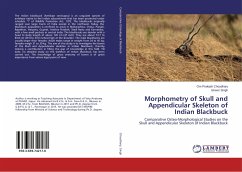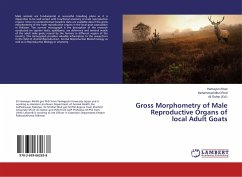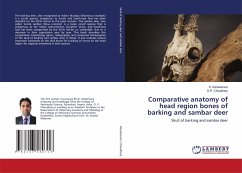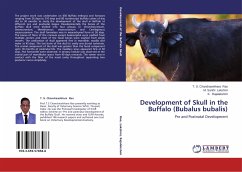The Indian blackbuck (Antilope cervicapra) is an ungulate species of antelope native to the Indian subcontinent that has been protected under schedule "I" of Wildlife Protection Act, 1972. The blackbucks originally ranged over large tracts of India except in the northeast. Today, the blackbuck population is confined to areas in Maharashtra, Orissa, Punjab, Rajasthan, Haryana, Gujarat, Andhra Pradesh, Tamil Nadu and Karnataka, with a few small pockets in central India. The blackbucks are slender with a head to body length of about 120 cm (47 inch). They are about 73.7 to 83.8 cm (29.0 to 33.0 inches) high at the shoulder. The male blackbucks are usually larger than females. Adult males range in weight from 34 to 45 kg; females weigh 31 to 39 kg. The aim of this study is to investigate the bones of the Skull and Appendicular skeleton in Indian blackbuck, thereby making a contribution in filling the gap of knowledge in this field. Till date, no detailed study on the skeleton of Indian blackbuck has been carried out. The knowledge of gross anatomy of bones is of great importance from vetero-legal point of view.








